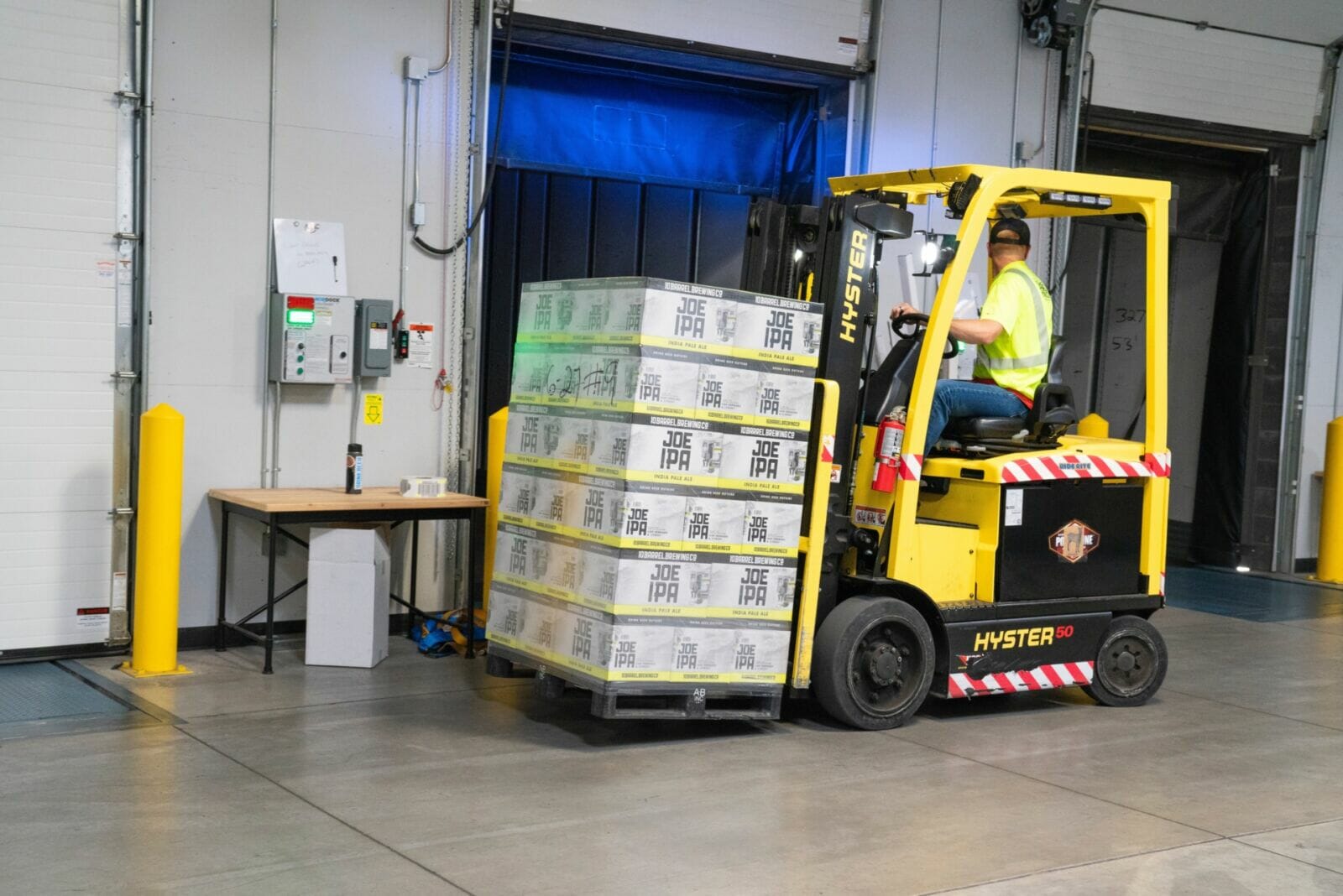When starting or expanding your business, used forklifts can be a practical and cost-effective solution. However, buying a used forklift comes with the responsibility of ensuring that you’re getting a reliable piece of equipment. To help you make a smart choice, this article provides seven important ways that will guarantee quality when you are choosing used forklifts.
MORE NEWS: Experience AZ: 10 Arizona restaurants with an amazing view
1. Check the Forklift’s History
Before purchasing a used forklift, it’s crucial to know its history. Ask the seller for maintenance and service records. A forklift that has been regularly maintained is more likely to be in better condition. These records should show if the forklift has been serviced on time, if any major repairs were made, and how often it was used. If the forklift has a history of issues, it might not be the best choice.
2. Inspect the Forklift’s Condition
Always perform a physical inspection of the used forklift. Look for signs of wear and tear, such as rust or cracks on the frame, forks, and mast. Check the tires for damage and ensure the forklift has adequate tread. Inspect the hydraulics and fluid levels to make sure everything is working correctly. If you’re not sure what to look for, consider hiring a professional mechanic who can assess the forklift’s condition.
3. Evaluate the Age of the Forklift
While older forklifts can still perform well, more wear and tear may be present. Look for forklifts that are relatively new but have been well-maintained. Take note, a forklift that’s a few years old will likely have a longer lifespan left than one that’s 10 or more years old, even if in good condition. Remember, older models may also have outdated features, which could be a concern depending on needs.
4. Test the Forklift’s Performance
Keep in mind that it is vital to test the forklift’s performance before making a decision. A simple test drive can help understand how it operates. Pay attention to how smoothly it lifts and lowers loads and if there are noises. A forklift that is difficult to maneuver or has performance issues could cost more in repairs. Ensure the forklift meets operational needs by testing it with the types of loads it will handle.
5. See the Load Capacity
Each forklift has a specific load capacity, so choose one that matches the needs. A forklift with too small of a load capacity may not be able to handle the weight of goods, while one with a larger capacity might be harder to maneuver in tight spaces. Ensure that the used forklift chosen has the right lifting capacity for operations. The load capacity is listed on the forklift’s data plate, so check it before purchasing.
6. Review the Warranty and Return Policy
Some sellers offer limited warranties for used equipment, which can provide peace of mind in case something goes wrong after purchase. Make sure to understand the terms of the warranty, including what’s covered and how long it lasts. If the seller doesn’t offer any warranty, it might be a red flag, and reconsidering the purchase or negotiating a better price may be necessary.
7. Work with a Reputable Dealer
Buying a used forklift from a reputable dealer helps ensure quality. Look for dealers known for selling well-maintained used forklifts, as they often inspect and refurbish the equipment before selling it. Check online reviews, ask for recommendations, and verify the dealer’s credentials. Having a trusted dealer will be transparent about the forklift’s condition and guide you in making the right choice.
Smart Choices, Reliable Forklifts!
Choosing a used forklift can be straightforward if you follow these seven steps to ensure quality. Check the forklift’s history, inspect its condition, evaluate its age and performance, and confirm it has the right load capacity. Also, review the warranty and work with a reputable dealer. These precautions will help you invest in a reliable forklift that supports your business growth while saving money.




